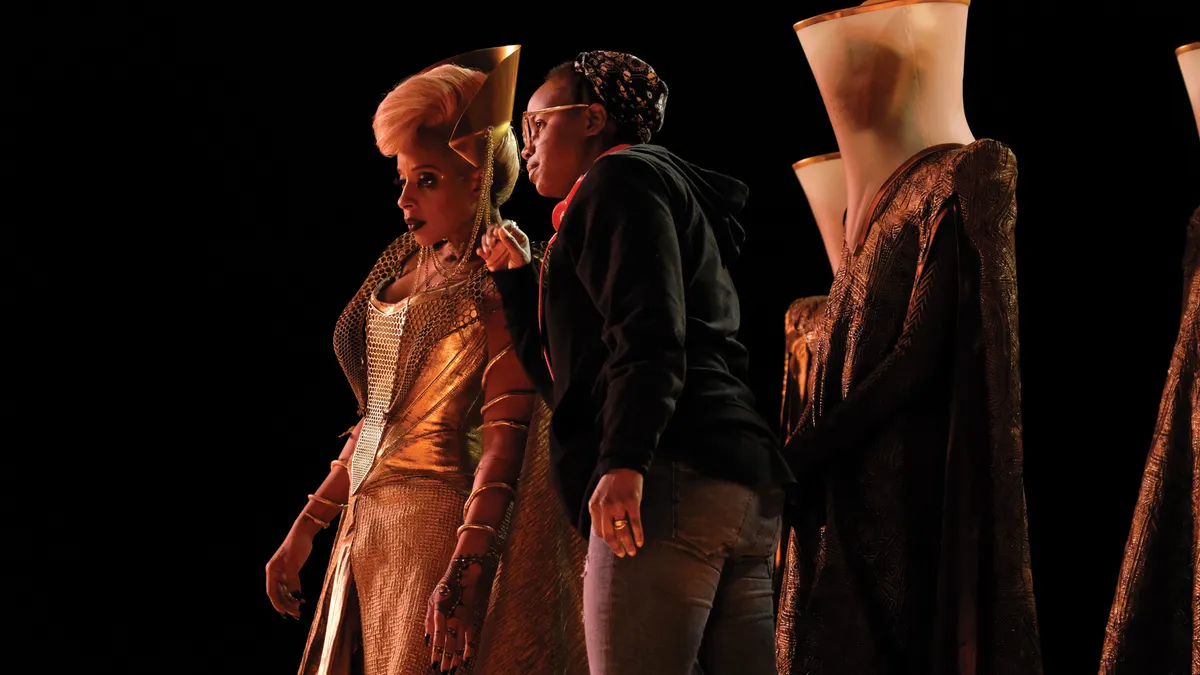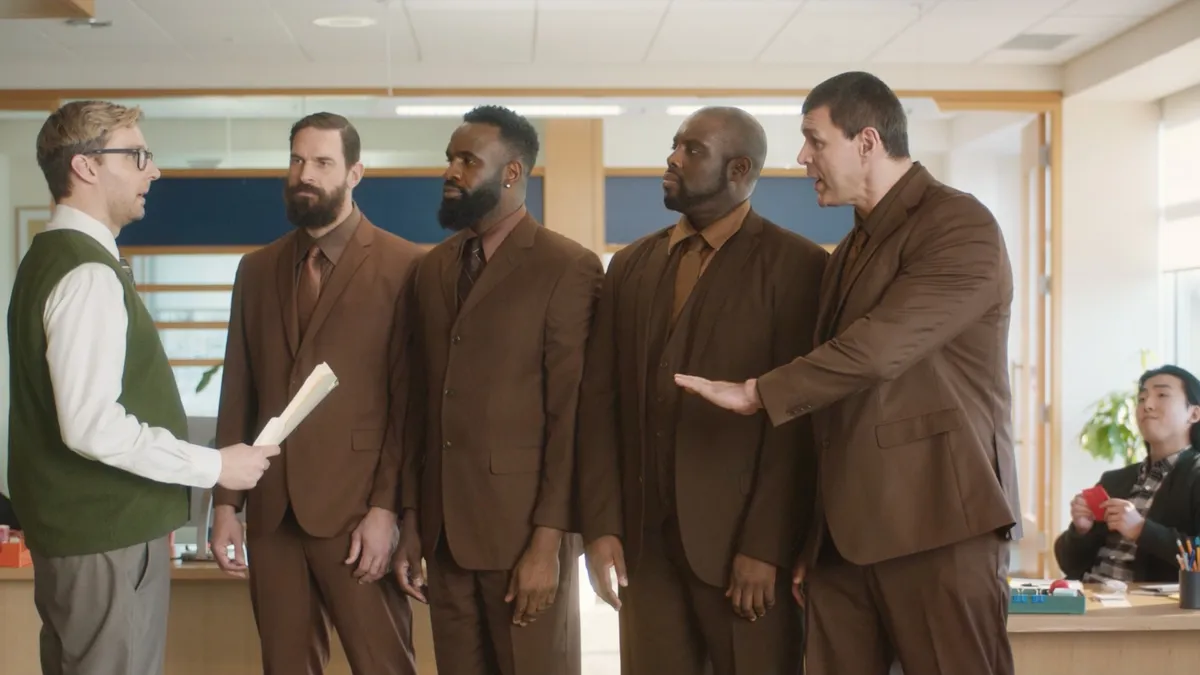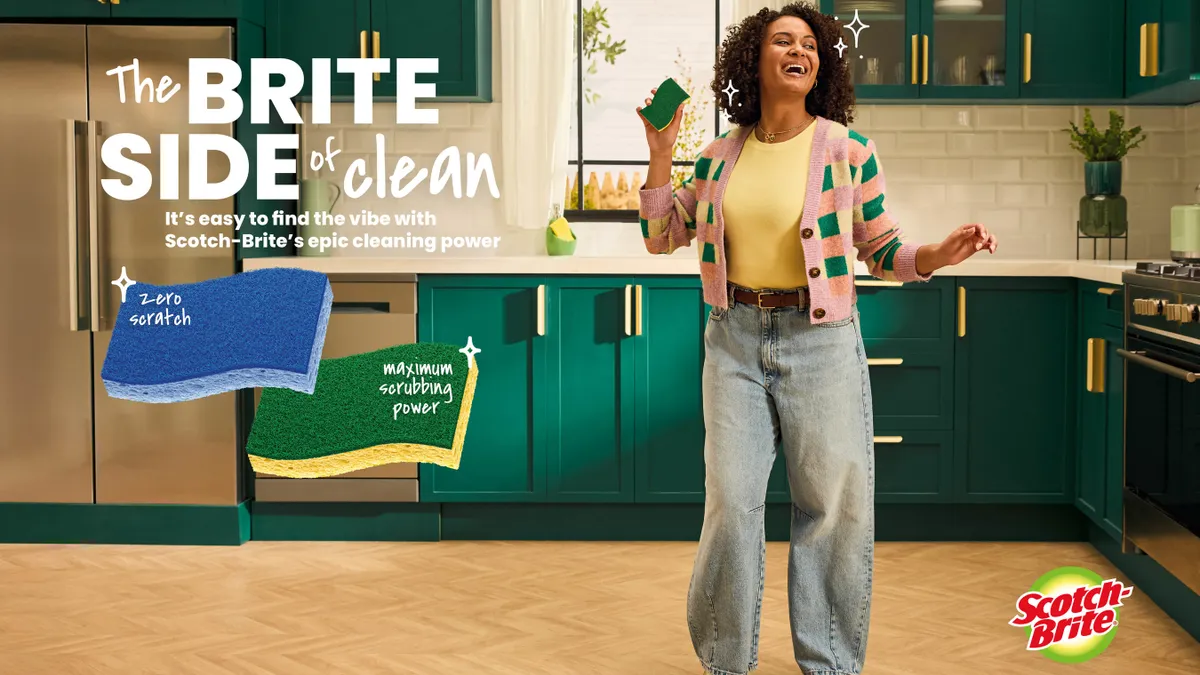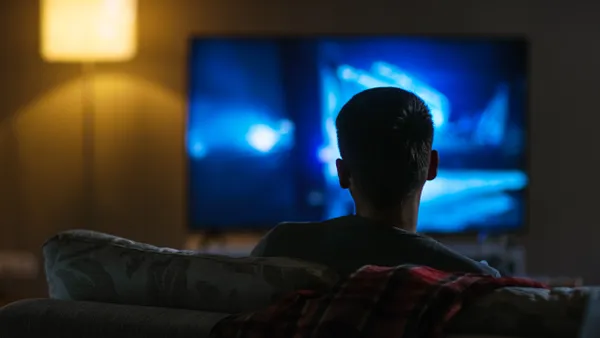The 90th Academy Awards Sunday night hinted at a new chapter in the entertainment industry, and retailers were along for the ride. There was no mistaking the energy and attitude of the #MeToo and #Time'sUp movements, launched in large part by sexual harassment and assault revelations that months ago, took down one of the industry's modern titans, Harvey Weinstein.
Things were different for Walmart's Oscar season, too. Last year, its three inaugural film-shorts were criticized for a lack of gender diversity among the directors (At the time, Walmart said it was "mainly due to scheduling.") In this year's reprise, however, all three 60-second ads were directed by women: Dee Rees (nominated this year for her adapted screenplay, Mudbound, which she also directed), Nancy Meyers (The Parent Trap, Something's Gotta Give, among others) and comedian/actor/director Melissa McCarthy (Mike and Molly).
So disappointed in @Walmart and @TheAcademy for not commissioning any women to make a 'Receipt' film tonight. Bummer. #Oscars2017
— Ann Hornaday (@AnnHornaday) February 27, 2017
There are so many qualified women-- call us next time and we'll help you out. https://t.co/2u7stimzJf #womendirect
— The Director List ???? ???? ???? (@TheDirectorList) February 27, 2017
"Similar to last year’s campaign (the first year in a three-year sponsorship with the Academy) which was based on a Walmart receipt, the campaign is really a celebration of storytelling. And Walmart hopes that each filmmaker can tell their own unique story and show their perspectives based on the simple prompt," a Walmart spokesperson told Retail Dive in an email. "Walmart is excited to be part of Hollywood’s biggest night — a night that remains front and center in the cultural zeitgeist — and even happier supporting filmmakers in bringing their visions come to life."
The approach is also a good way to connect with viewers, especially younger ones who appreciate a departure from overt product pitches to something that has meaning — or at least entertainment value, according to Alon Waks, vice president of marketing at CRM intelligence firm Kustomer.
"Shifting to a content-based approach, where the brand is featured as an ingredient, enables more traditional, less young or 'cool' brands to provide humorous, impactful and emotional ways to reach a younger audience, who shy away from traditional promotional advertising," he told Retail Dive in an email. "We saw this during Super Bowl ads and now with Walmart during the Oscars. Amazon with a focus on humorous elements of voice-activated shopping always relates back to their core value proposition of ease of purchase and personalization, while Walmart seems to try and bring a content-rich focus through providing stories that would resonate with a younger generation of shoppers."
Losing the receipt
As Walmart notes, the directors were given a lot of latitude and just a single directive. Last year, Seth Rogan and Evan Goldberg (Superbad, Neighbors), Antoine Fuqua (Southpaw, The Magnificent Seven) and Marc Forster (Monster’s Ball, The Kite Runner) were given a real Walmart receipt, which listed bananas, paper towels, batteries, a scooter, wrapping paper and a video baby monitor, to inspire their mini-flicks.
Although those spots were a cut above most retail advertising fare in that they did tell stories, they were also convoluted, yet overly specific thanks to the receipts, draining their potency. While Walmart last year said the point was to show more than its "always low prices" mantra, the receipt kept the focus squarely on the prices and on the fact that the "films" were ads. Plus, six items hardly demonstrated the retailer's vast assortment.
The Box
This year though, "the Box" was the title of each film, and in each a blue and yellow Walmart box served as a MacGuffin, in a way the receipt never could. (In cinema, a "MacGuffin" is an item, like a suitcase or a map, that drives the plot forward even if its particulars or contents are unknown).
"The only directive was each film had to begin with the iconic Walmart blue shipping box," Walmart's spokesperson said. "The directors had full creative control beyond that and how the box was used throughout was up to each filmmaker."
Whether Walmart's blue box is "iconic" is debatable, but it is nevertheless, a "no brainer" for this campaign, according to Lee Peterson, EVP of brand strategy and design at WD Partners. "My god what took them so long," he told Retail Dive in an email. "You can spot an Amazon box a mile away. Now, FINALLY somebody’s going to compete."
In each, the box carried both the story and the brand message. In Meyers's film, the blue box holds the breakthrough for Oscar-winning composer Hans Zimmer, whose writer's block threatens to last forever. Spoiler alert: It's not what you think.
Melissa McCarthy's spot was a time-travel fantasy, starring Tony-nominated actress Keala Settle from The Greatest Showman and featuring Sia’s “Bird Set Free," offering hope and inspiration to anyone at risk of being discouraged from following their dreams.
But it was Dee Rees's sci-fi bedtime battle that was the hit of the evening, demonstrating the sometimes uneasy co-existence of a powerful imagination and a mother's need to care for her child (and enforce the rules). Rees used her time so efficiently and artfully that her cheeky tale (starring Oscar nominee, Mudbound star and Grammy winner Mary J. Blige, and Olympic gold medal boxer and professional middleweight champ Claressa Shields) seemed epic.
The Walmart blue box may not be iconic quite yet, but the ads could help push it to that level — as long as e-commerce sales keep ringing and the retailer can keep pace with Amazon in other ways. It also marks a shift from putting Jet.com's purple boxes front and center as the Walmart banner takes center stage.
So far, so good. Although many investors recently gave Walmart the side-eye after digital sales trended down from the 40-60% growth of recent quarters, fourth quarter e-commerce sales still grew a robust 23%. And Walmart is holding its own in an emerging online price war.
"I like what they’re doing as an intro, but not long term," Peterson said of the Oscar shorts. "It’s brilliant in that they call attention to the box using relevance vs. straight up Mad Men, in-your-face advertising. But then, longer range, when the blue boxes are on your (or your neighbor’s) porch a lot, the branding element should be strong enough to just show the box in any way shape or form in terms of ads, like the bottom of an Christmas tree. It’s a long-overdue idea with great initial execution."
























